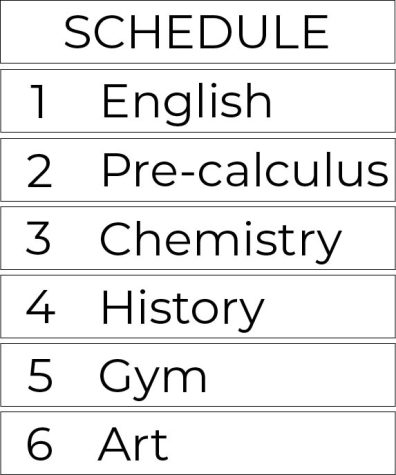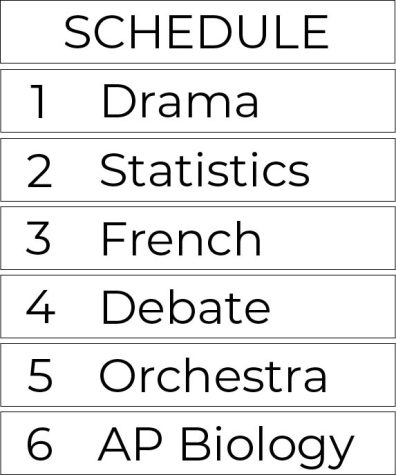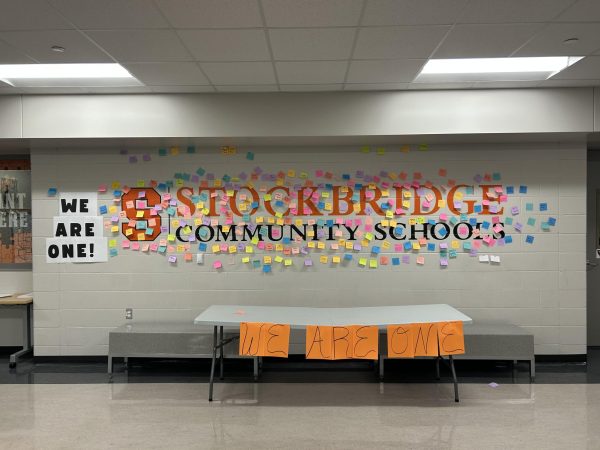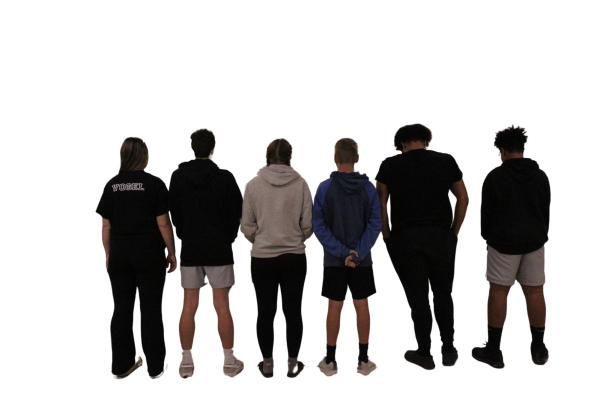All public schools are not created equal
Materials at low-income schools are not able to be frequently updated and can be heavily used or even damaged.
Public high schools should give everyone the same opportunities but in reality, they only enforce the privileges of the rich. Public schools in poorer areas leave students who have great potential with significantly less opportunity than public schools in wealthy areas.

Public schooling is funded by tax dollars which can lead to schools receiving different amounts of per-pupil funding from the government.
According to a study by Urban Institute, the differences between the average amount of money spent per-student in wealthy schools can be up to $3500 more than the amount of money spent on students in lower-income areas.
This is unfair. The lower-income schools tend to be more run down and provide students with less resources for success. A lot of schools have outdated books and technology. There are schools with no air conditioning and even schools that still have chalkboards.

A study by Northwestern University showed that more funding in schools led to higher test scores, higher graduation rates and higher income as adults. People who already have money are given a higher chance of keeping it, while people who don’t have a higher chance of staying that way. This means that students from lower-income communities are also given less of a chance to achieve what our society has defined as success, which is really just having money.
More funding means more programs that will impress more prestigious colleges. Students that go to schools with less money have less school-funded activities because most of the money the school gets has to be put toward keeping the lights on.

Schools with fewer students and funds don’t only cause students to lose out on extracurricular opportunities, and less opportunities when it comes to available classes.

Students at larger schools get more in-person language, advanced placement and creativity-based classes because they have the people to fill them up. Having more classes gives students more chances to find things that they’re really interested in and to explore a more diverse and enriching range of subjects. There are students at smaller schools who would love to have been given these same opportunities.

If we have this free school system that’s meant to educate the public, don’t all students deserve the same quality of education? Shouldn’t every public school student have the same opportunities to achieve and to grow?
There are people everywhere who deserve these opportunities and would make the absolute most out of them.
I understand that it isn’t possible to make schools completely equal, but a good education shouldn’t be the privilege of the wealthy. If we are as advanced and equal of a country as we like to say we are, our schools should be a reflection of that.

Lilly Williams is editor-in-chief of Uncaged and has been on staff since her sophomore year. She is currently a senior and plans to attend college for...






